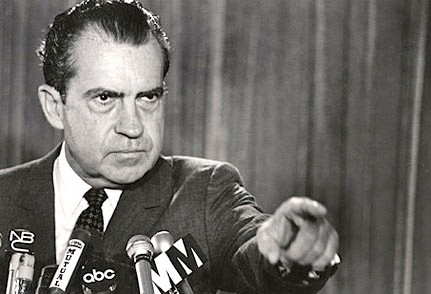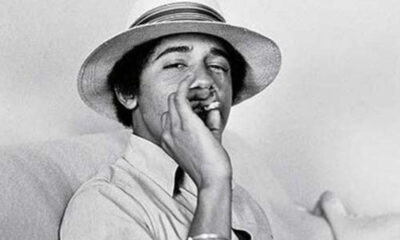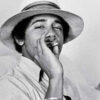In History
Living History: Nixon Strikes Back
The newly-elected President Richard Nixon hated marijuana. He saw the drug as indelibly associated with the radical Left and anti-war protesters who hounded him at every turn, and probably believed strongly on a personal level that the best thing to do was to eliminate it.
But Nixon found himself in his first year of office suddenly devoid of any federal law prohibiting it, in the wake of the Supreme Court’s historic decision in Leary v. U.S. Ironically, the same court which unanimously checked Anslinger’s constitutional encroachment (albeit three decades late) all too willingly upheld vast expansions of federal power by other means – and it was this line of judicial reasoning that Nixon intended to exploit.
Franklin D. Roosevelt’s controversial New Deal legislation had, at the time, little precedent in U.S. history; never before had a president attempted such an audacious re-engineering of the nation’s economy. Roosevelt knew that his bolder proposals might not withstand judicial review, so he also pursued a pernicious scheme of packing federal courts with judges sympathetic to his vision of vast federal power to regulate the economy. Over time his courts rubber stamped his policies in a series of cases culminating in Wickard v. Fillburn, which remained for six decades the high water mark of federal power to regulate commerce.
Nixon happily took this judicial legacy of his Democratic predecessor and applied it to his Republican ends. Using constitutional trickery similar to Anslinger’s, his administration designed a scheme to criminalize cannabis under the guise of regulating commerce: the Controlled Substances Act of 1970, a law which regulated some drugs traded in interstate commerce by classifying them into one of five “Schedules” based on the drugs’ relative harmfulness and medical utility (or lack thereof). Schedule I, the most restrictive classification, was reserved for drugs offering no medical value and posing too great a threat of harm to allow. Thus, any drug placed in Schedule I would be effectively prohibited, while drugs placed in other schedules could be made available, subject to regulations. Nixon proposed the bill and immediately pushed for marijuana to be placed in Schedule I.
But he couldn’t get the votes in Congress. By 1970, pot smoking had become a regular fixture around college campuses and rock concerts, and while concerned parents might not have been thrilled at the knowledge that their children experimented with drugs, too many of them expressed a strong allergy to the policy of locking up their kids for youthful indiscretions. As a result, Nixon failed to summon the political will to pass his desired full-lockdown policy on cannabis and had to compromise: marijuana would be placed in Schedule I, but only as a temporary measure pending the recommendation of a blue-ribbon panel of experts who would thoroughly study the harms and benefits of cannabis. According to the law passed in 1970, the DEA had a legal obligation to follow the commission’s recommendation.
Nixon took no chances. Almost as soon as he signed the Controlled Substances Act into law, Nixon hand-picked two thirds of the panel, ensuring that he would get exactly the recommendation he wanted: an unequivocal endorsement of full prohibition.
Or so he thought.























